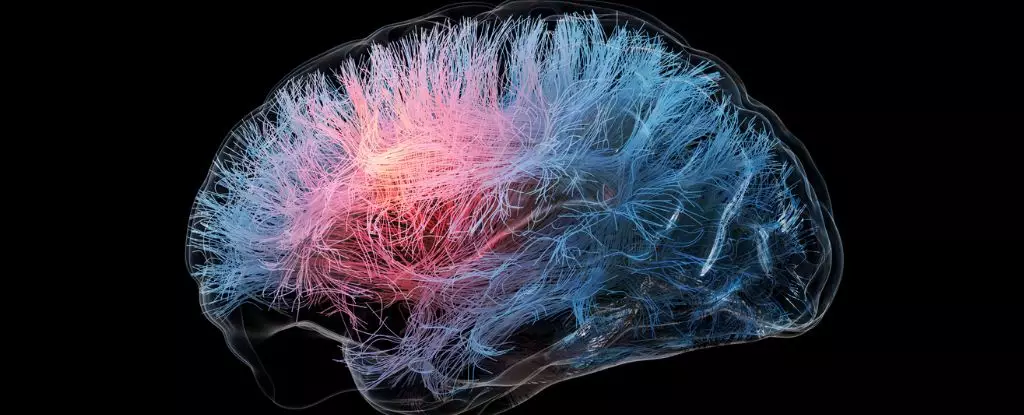Recent advancements in Alzheimer’s treatments have ignited a wave of optimism among patients, families, and healthcare providers. Among these groundbreaking medications is lecanemab, an intravenous drug that has demonstrated the capability to decelerate cognitive decline in the patient population. While the FDA’s approval of this drug in 2023 sparked enthusiasm, a closer examination reveals a potentially troubling disparity in how this therapy affects men and women. This undercurrent of complexity suggests the need for a paradigm shift in research methodologies aimed at unraveling the nuances of sex-related differences in drug efficacy.
Quantifying Drug Effectiveness: A Closer Look
In a comprehensive phase 3 clinical trial referred to as the CLARITY AD, lecanemab was shown to reduce cognitive decline by up to 27 percent when compared to a placebo. However, strikingly, when dissecting the data further, it became evident that the drug displayed a staggering 31 percent differential impact between male and female subjects. Although the trial’s sample size did not allow for direct comparisons between these subgroups, the notable disparity raised red flags for scientists like Daniel Andrews of McGill University. Such findings warrant a deeper examination, particularly given that a significant proportion of Alzheimer’s patients—approximately two-thirds—are women.
While the initial analysis offers a glimmer of hope regarding lecanemab’s effectiveness, the implications of its varied impact on different sexes call for extreme vigilance in further research efforts. Unfortunately, the clinical landscape is littered with data that may overlook critical patterns.
Simulated Trials and Their Revelations
To further assess these discrepancies, a collaborative team from Canada and Italy conducted 10,000 simulated trials reflecting the original CLARITY AD study. The results were telling; only 12 out of 10,000 simulations resulted in a random occurrence of the sex-related differences observed in the actual trial. Despite this rigorous analysis, the recognized discrepancies in brain aging could only account for a fraction of the observed efficacy gap. The researchers thus vehemently warn against hasty conclusions of lecanemab’s ineffectiveness in women, instead positing a scenario where the drug operates with “no or limited effectiveness” in this demographic.
Navigating the complex intricacies of brain health and drug interaction becomes even more pressing when considering the overall patient landscape. With Alzheimer’s disproportionately affecting women, new findings that temper enthusiasm surrounding promising therapies could prolong suffering for millions if not addressed appropriately.
The Need for Gender-Inclusive Research Paradigms
Experts like Marina Lynch from Trinity College have highlighted an alarming trend in clinical trial recruitment practices—where researchers historically failed to consider the influence of biological sex on drug outcomes adequately. The disparity in attention to sex differences in clinical research may stem from ingrained societal biases, leading to an underrepresentation of female subjects in trials. This oversight fails to recognize that sex-related variations deeply influence the efficacy and mechanism of treatment outcomes.
As Andrews and colleagues advocate, future research must prioritize uncovering potential correlations between a drug’s mechanism of action and sex-specific responses. There lies a pressing need to establish neuroscience research that incorporates sex as a key variable—not just a footnote—allowing for a substantial paradigm shift in understanding Alzheimer’s therapy outcomes.
The Biological Complexity of Alzheimer’s Disease
Lecanemab targets amyloid protein plaques that are believed to be essential markers in Alzheimer’s pathology. However, the relationship between these plaques and cognitive decline is far from straightforward. Recent investigations challenge the notion that amyloid accumulation is a solitary driving force behind Alzheimer’s progression. Even in cases where amyloid plaques are removed, patients still exhibit cognitive decline, leading scientists to question the underlying biological mechanisms at play.
The complicated landscape of Alzheimer’s disease is further muddled by unique factors such as hormonal influences and sex chromosome variations. These elements might indicate that medications targeting amyloid could work variably in men and women, ultimately prompting questions about whether drug developers are adequately exploring these avenues.
In a startling revelation, research has identified that up to one-third of individuals clinically diagnosed with Alzheimer’s may lack amyloid plaques in their brains upon postmortem analysis. This reinforces the necessity for an innovative approach that acknowledges the profound complexity within the patient demographic.
Urgency for Comprehensive Solutions
Addressing the glaring discrepancies in Alzheimer’s-related research necessitates a collective effort from the scientific community. Despite the emerging dialogue surrounding sex bias, only a mere five percent of neuroscience or psychiatry studies in 2019 considered these vital differences in their analyses. Researchers, neurologists, and pharmaceutical developers must unite in their understanding that the neglect of sex-related differences could have severe and far-reaching consequences for public health.
The prolonged inattention to these variances—particularly concerning the ways female brains age—only exacerbates challenges in treatment and advancement. We stand at a critical juncture where both scientific knowledge and societal awareness of such disparities must converge, pushing the frontiers of understanding and ultimately fostering improved healthcare solutions for all.

